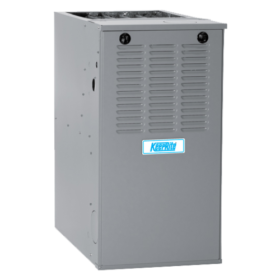Furnace prices vary by type, size, and efficiency.
Furnaces are basically all the same. You may argue that one furnace is better than another, but frankly, that’s hogwash.
Furnace prices vary by manufacture such as Bryant, a Carrier, and a Keep Rite. Other name brands include American Standard and Lennox and others. What do these furnaces have in common? They all provide heat to keep you comfortable
So, we’ve been asked, why do furnace prices vary so much? Simple answer is greed. One manufacture thinks their furnaces are better than their competitors. That is a fallacy.
If you purchase a furnace from us to install yourself. We will ask questions to insure you’ll ordering the correct size and efficiency of the furnace such as: square footage of home or business, old or newer windows. Other questions to include structure type such as brick or wood framing with siding. What kind of gas supply- natural gas or propane or electric?
If you purchase a furnace from us, you get 5 things guaranteed.
1. Proper furnace installations
2. 10-year parts warranty with online registration
3. 2-year labor warranty, if we install furnace
4. Proof of Warranty
5. Instruction on homeowner participation of maintaining your furnace. Currently heating and air-conditioning equipment prices change daily due to the supply chain issues and inflation.
Furnace prices and brand quoted as Keep Rite Furnaces or Tempstar Furnaces.
Furnace purchases local can be delivered curbside free of charge.
If you need a furnace call 3 days in advance, availability changes daily.
For a quote call. 312-243-9896


Schedule HVAC Service
Call or email to talk to a technician.Landlords & Tenants, please fill out this form to request HVAC work on tenant properties.(312) 243-9896